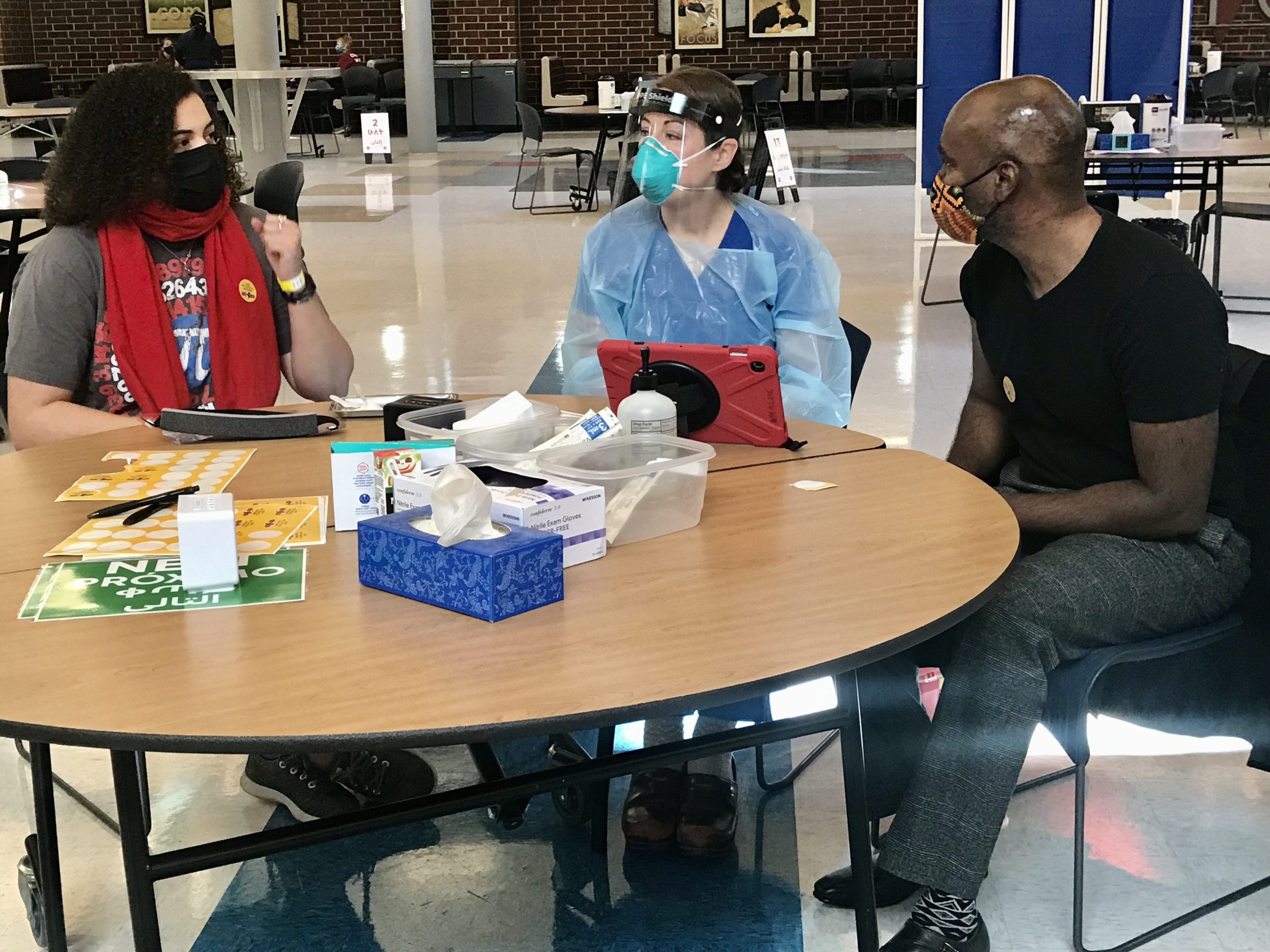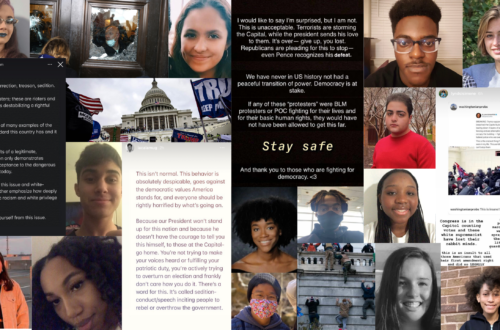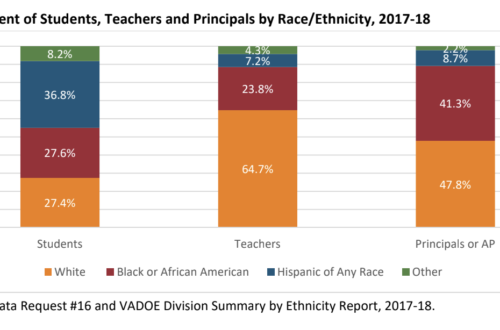Teachers share the roadblocks they have confronted as they transition from in-person to virtual school.
Abigail Ernst and Katie Vastola
The shift to virtual school has demanded high school teachers completely rethink the style of their courses, as year-long courses have changed to semester-long courses and twice-to-thrice-a-week classes shifting to be five days a week. With no indication of return to in-person learning anytime soon, some teachers like Matthew Zahn are not preparing for a return to in-person classes. “I don’t want to prepare for something that might not even happen,” Mr. Zahn said.
The 2020-2021 schedule consists of students taking four classes each semester. With the first semester, red days or A days (periods 1, 3, 5, 7) will be taught. This semester will end on January 28 with students taking finals for semester-long classes the week of. On February 1, the second semester will start, which consists of blue days or B days (periods 1, 2, 4, 6).Students will be taking the remainder of their finals the last week of school, as done in previous years.
Though with students taking rigorous courses like Advanced Placement (AP) and Dual Enrollment classes (DE), fitting these within a semester can be tough. Mr. Zahn, an AP Literature, 12 Honors Literature, and tenth-grade-credit recovery teacher, said, “In this format every week is a week where you have a lot to do because everything comes up so fast.”
Ninth grade Honors Biology, Standard Biology and biology-with-special-education-inclusion students teacher, Jonathan Gamby said, “I think the semester scheduling is good for students, leaving only four classes to focus on at any given time […] is convenient for them because then they don’t have to think of seven different tasks.”
Some periods have more flexibility because the classes are year-long. For instance, everyone’s first-period class is taught the whole year, as well as double-blocked science classes and some foreign language classes. Students in programs like AVID and the Health Sciences at T.C. have year-long classes that alternate weekly.
Mr. Zahn said, “There is something really wonderful about coming back to school when you have missed students for a whole summer and I think students feel the same. About the excitement of seeing people. That new beginning is a really important part of the school year.”
Zoom has a chat function that allows teachers and students to communicate with the entire class without talking aloud, as well as a private setting where students can talk with the teacher privately.
AP World History and World History Part II teacher Elizabeth Gaffney said, “It is a different type of connection that you have to make with your students now. You have to rethink the types of ways you are connecting with students.”
Another major change is that some classes don’t go as much in depth as they normally would. AP Psychology and Honors United States History teacher, Courtney Horwat, said, “This year it is prioritizing the most important things.”
Having the same classes every day has required a somewhat laborious devotion to planning coursework for each class. “As a teacher, it has been very difficult because instead of planning once every two days, we are planning every single day for new lessons,” Gamby said.
Grading is something that teachers have found more challenging as there is not a block schedule anymore. “The trickery thing that I think has been grading […] in this format, I really have to be doing a lot to give timely feedback,” said Mr. Zahn.
Issuing tests and quizzes are additional obstacles that teachers have had to navigate. Most teachers are giving tests and quizzes on Canvas with a limited amount of time to reduce the possibility of cheating. “In some way, it’s an act of faith,” Mr. Zahn said.
Some teachers have made extra efforts to motivate students outside of Zoom calls and to assist those who reach out. “It is a two-way street, I have done what I think is best to facilitate things, but it is up to the students at some level to reach out,” Ms. Horwat said.
To motivate her students to do asynchronous classwork, “I’m trying to be really positive and energetic with my students and give them work that is meaningful to them,” as Ms. Gaffney said.





